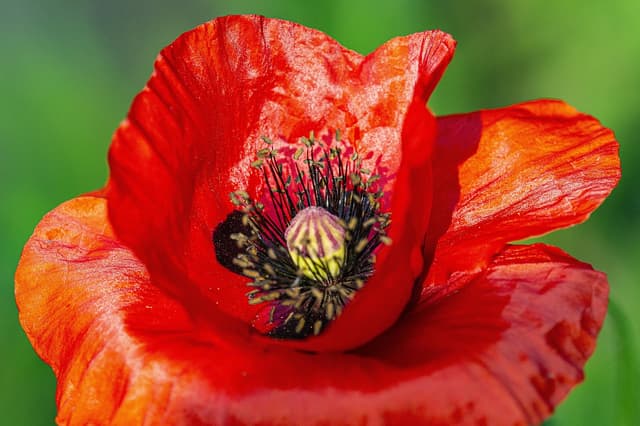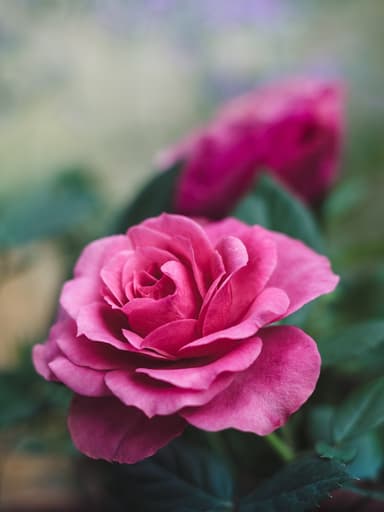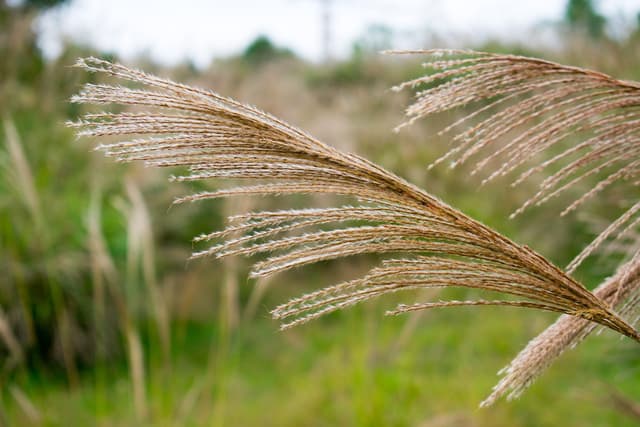Myths about teaching can hold you back
- Year 3
Pollination
I can explain how flowers are pollinated.
These resources will be removed by end of Summer Term 2025.
Switch to our new teaching resources now - designed by teachers and leading subject experts, and tested in classrooms.
These resources were created for remote use during the pandemic and are not designed for classroom teaching.
Lesson details
Key learning points
- Pollination is when pollen is transferred from an anther to the stigma of a flower.
- Pollinators are animals that pollinate plants by carrying pollen on their bodies when they take nectar from a flower.
- Flowers pollinated by animals are usually brightly coloured and have a pleasant smell.
- Pollen can also be transferred by the wind.
- Wind-pollinated flowers usually have small, dull coloured flowers and no smell.
Keywords
Anther - The anther is a part of the stamen that produces and holds pollen.
Pollen - Pollen is a very fine powder made by the anthers of a flower.
Stigma - The stigma is a sticky part at the top of the female parts of a flower.
Pollination - Pollination is when pollen from a male anther is transferred to the female stigma of a flower.
Pollinator - A pollinator is an animal that pollinates a flowering plant.
Common misconception
Pupils may think that bees and other pollinators pollinate flowers to help them out, rather than it being a by-product of them getting food from the flower.
Explain that pollinators visit flowers to get something for themselves (nectar and/or pollen), not to intentionally pollinate flowers.
To help you plan your year 3 science lesson on: Pollination, download all teaching resources for free and adapt to suit your pupils' needs...
To help you plan your year 3 science lesson on: Pollination, download all teaching resources for free and adapt to suit your pupils' needs.
The starter quiz will activate and check your pupils' prior knowledge, with versions available both with and without answers in PDF format.
We use learning cycles to break down learning into key concepts or ideas linked to the learning outcome. Each learning cycle features explanations with checks for understanding and practice tasks with feedback. All of this is found in our slide decks, ready for you to download and edit. The practice tasks are also available as printable worksheets and some lessons have additional materials with extra material you might need for teaching the lesson.
The assessment exit quiz will test your pupils' understanding of the key learning points.
Our video is a tool for planning, showing how other teachers might teach the lesson, offering helpful tips, modelled explanations and inspiration for your own delivery in the classroom. Plus, you can set it as homework or revision for pupils and keep their learning on track by sharing an online pupil version of this lesson.
Explore more key stage 2 science lessons from the What plants do and what they need unit, dive into the full primary science curriculum, or learn more about lesson planning.

Equipment
None required.
Licence
Prior knowledge starter quiz
6 Questions
Q1.Which of these pictures shows a flower?
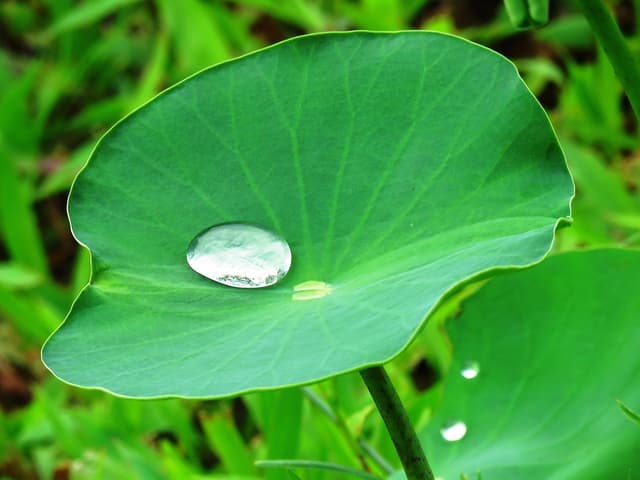
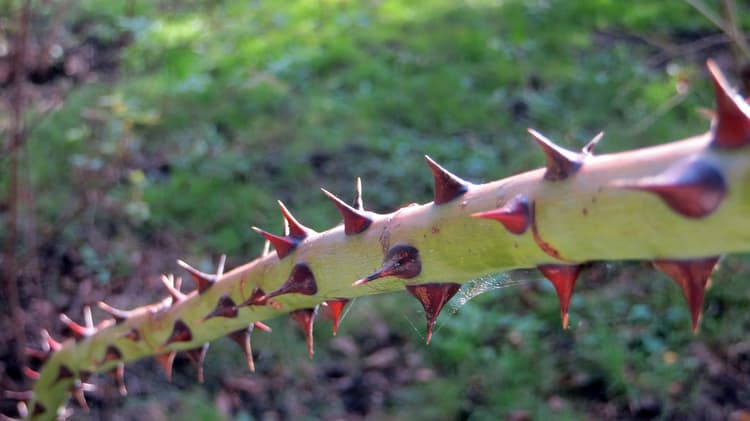
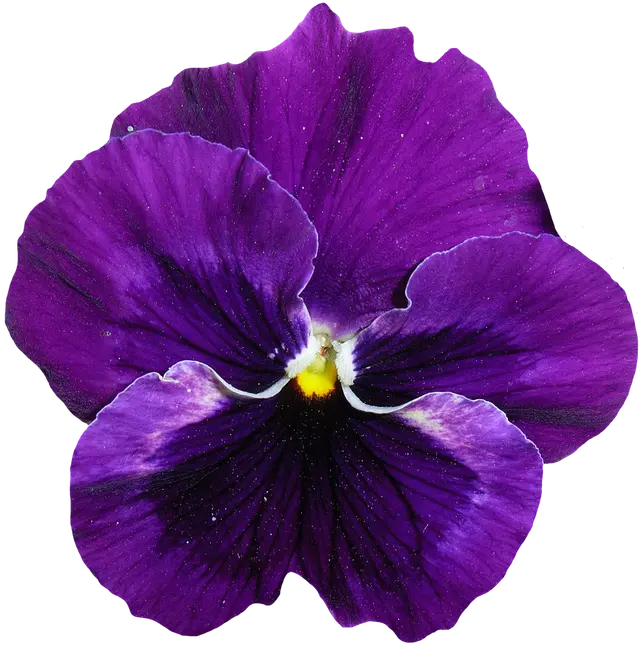
Q2.All living things reproduce. What does reproduce mean?
Q3.Which part of the plant allows it to reproduce (make more plants)?
Q4.What is the name of the female part of the plant that is often sticky?
Q5.Which male part of the flower holds pollen?
Q6.Match the part of the flower to the correct name.
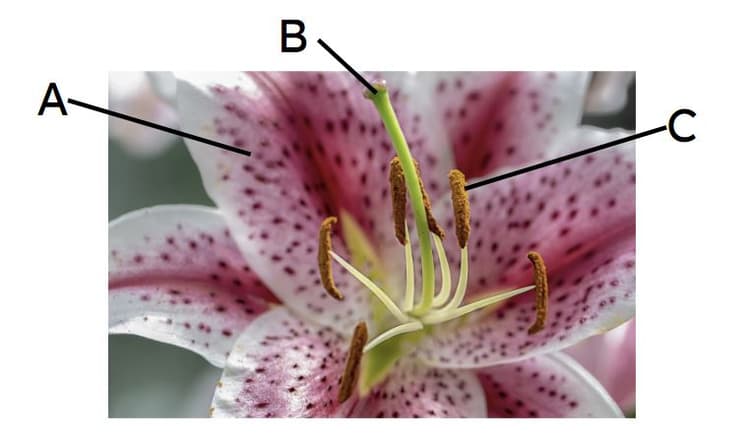
petal
stigma
anther
Assessment exit quiz
6 Questions
Q1.What is pollination?
Q2.How can pollen be transferred from the male anther to the female stigma of a flower?
Q3.Which of these plants is most likely to be pollinated by wind?
